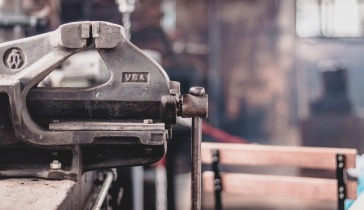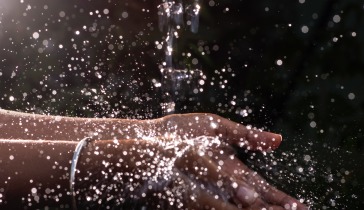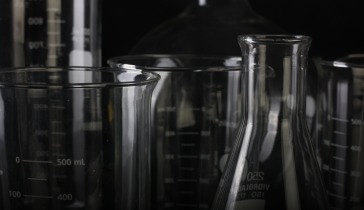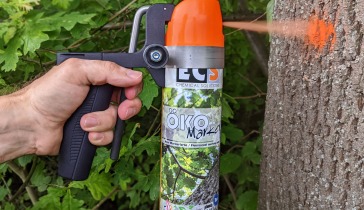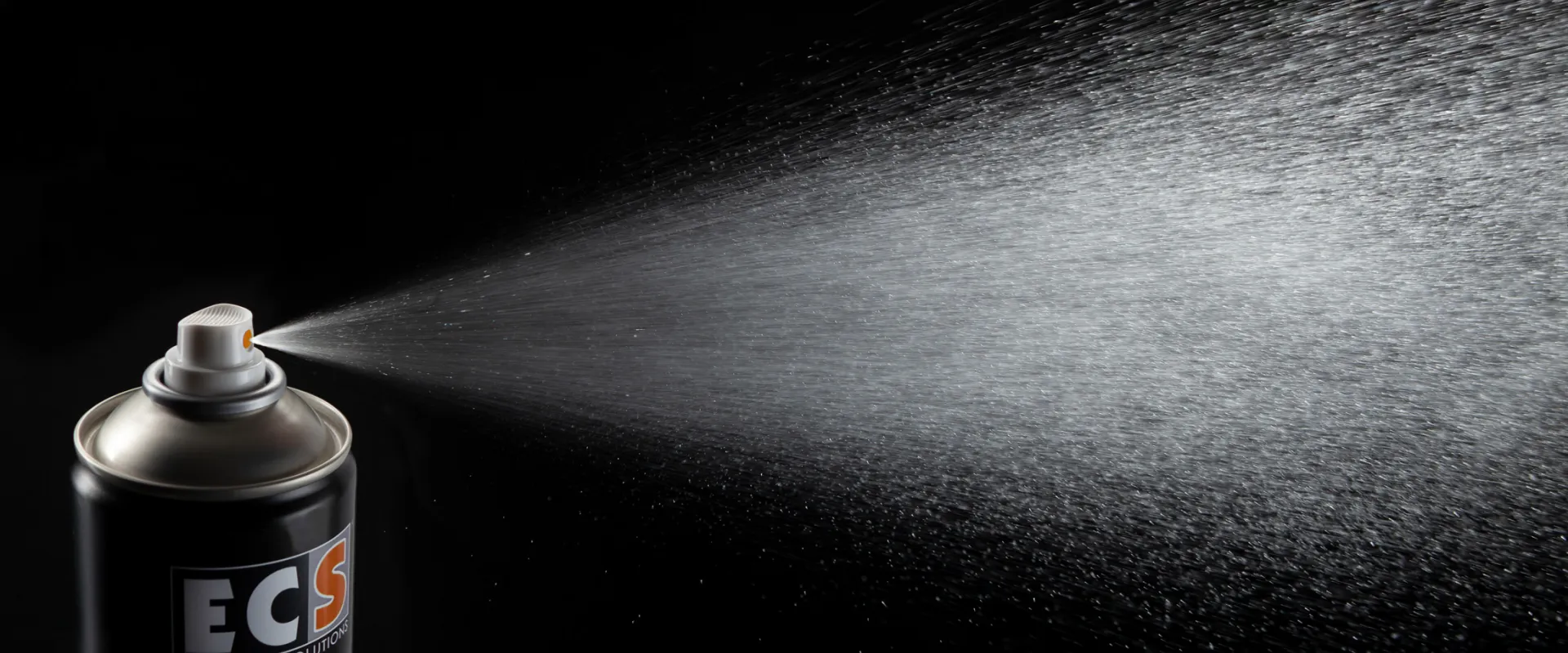Glossary
Here you will find explanations of numerous technical terms from our industry. If you have any further questions, our experts will be happy to help you!
| Technical term | Description |
|---|---|
| Anaerobic adhesives | The curing takes place under exclusion of oxygen. |
| Cross cut | The cross cut is used to test the adhesion of a paint to a substrate (metal, wood, etc.). A cross cut of 0-1 means very good adhesion to the substrate. A value of 5 (maximum value) is a very poor adhesion, up to the complete detachment from the substrate. |
| Cross-coat | In order to apply a covering, closed film to surfaces, it is necessary to spray the active ingredient in a cross-coat. In a cross-coat, the entire surface is sprayed thinly from left to right, after a short drying process from top to bottom. This process is repeated until the desired layer thickness and surface condition is achieved. |
| DVGW | German gas- and water-association. The association is engaged in technical-scientific tasks of the fuel gas- und water supply. |
| ECS CHEMICAL SOLUTIONS | ECS CHEMICAL SOLUTIONS® is a registered trademark of econ-systems GmbH, offering more than 250 products, primarily in the field of technical aerosols. |
| ECS Des | Products for surface disinfection in different versions |
| KWF | KWF is the "KURATORIUM FÜR WALD- UND FORSTTTECHNIK e.V." The Board of Trustees for Forestry Work and Technology e.V. (KWF) is a research institution that has been active for more than 50 years in the legal form of a registered association with recognised non-profit status. Around 2500 personalities from forestry, forestry science, administration and industry are members of the KWF. The KWF is institutionally funded on a pro-rata basis by the Federal Ministry of Food and Agriculture and other special ministries. The KWF office is located in Groß-Umstadt. (Source: www.kwf-online.de) |
| pH value | The pH value is one of the most important factors for the evaluation of cleaning products and their areas of application. It is specified from 0 (extremely acidic), 7 (neutral) to 14 (highly alkaline). At a pH lower than 7, substances are called acids. The lower the value, the stronger the acid. Acidic products can be used to remove lime, urine scale or rust, for example. Substances with a pH value greater than 7,are called alkalis. Alkalis are substances that form alkaline solutions (alkalis) in combination with water. The higher the value, the more corrosive they appear. Alkaline products can be used to dissolve fats, proteins, paints or adhesives, for example. The pH value of the cleaning product is decisive for the successful removal of dirt and other impurities. The pH value is also decisive for the compatibility of the material to be cleaned. For example, linoleum coverings do not tolerate strong |
| Polyurethane adhesives | One-component PU adhesives cure with the addition of humidity and/or heat. It is possible to combine both curing mechanisms. A first hand firmness can be achieved by air humidity hardening. In order to achieve the final strength of the bond, the curing is then carried out by heat. Applications can be found in the automotive industry for bonding or sealing, in the shoe industry for bonding soles, in glass processing or bookbinding. The transition from adhesive to sealing tasks is fluent. Product example: FLEX-PU |
| Silicone adhesives | Silicone polymers differ fundamentally from other polymer types. These cure to a high-molecular polymer under the influence of air humidity (for one-component silicones) or after the addition of a hardener (two-component systems). Nowadays, areas of application are less adhesives than sealant systems, such as those used in sanitary silicones. Silicone sealants remain permanently elastic, have no loss of volume and are water-repellent. They are not paintable or overpaintable. Product example: SILICONE SEALING |
| SkinDes® | Alcohol-based hand disinfection according to WHO recommendation |
| Solvent-containing wet adhesives | In these products the adhesive is dissolved in solvents. The transition from the liquid processing state to the solid final state takes place through the evaporation of the solvents. The adhesive initially becomes tougher and solidifies over time. The joining of the surfaces takes place at a time when there is still sufficient solvent in the adhesive layer to join the two surfaces together. Special attention must be paid to the solvent compatibility of the materials. Product example: ADHESIVE SPRAY ULTRA STRONG |
| Superglue | Superglues achieve their adhesive effect through an extremely fast chemical reaction. This is caused by humidity. In the tube, the adhesive is protected from air and humidity. As soon as it comes into contact with air humidity, a chemical chain reaction is triggered. The adhesive hardens in a few seconds. The following rule applies: a thinner layer enables a faster curing process. Product example: CA-Adhesive |
| Thixotrope | Liquids which dilute during stirring or brushing and thicken again during the resting phase. |
